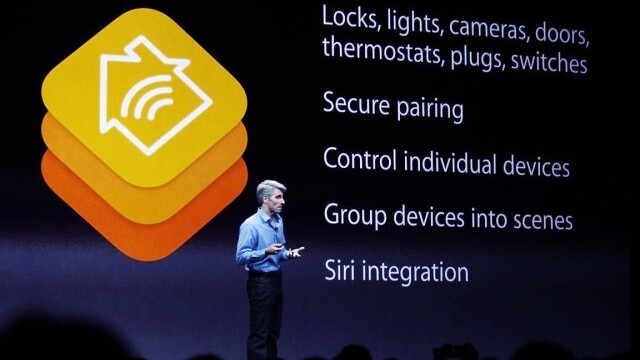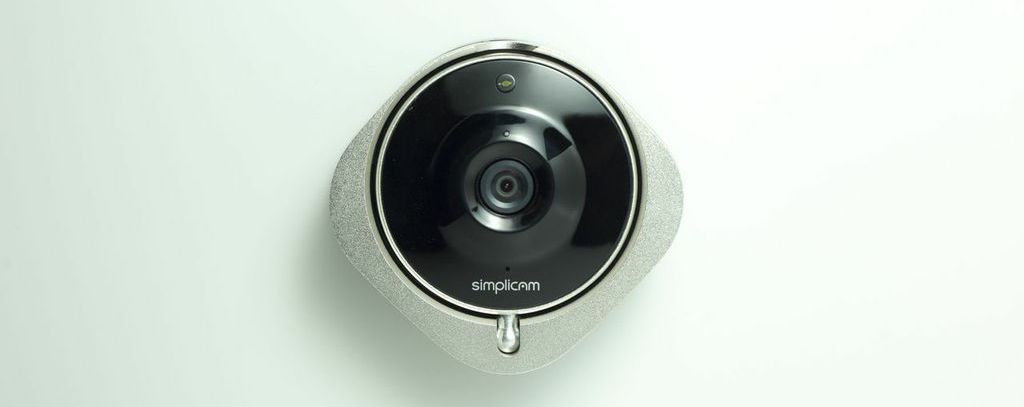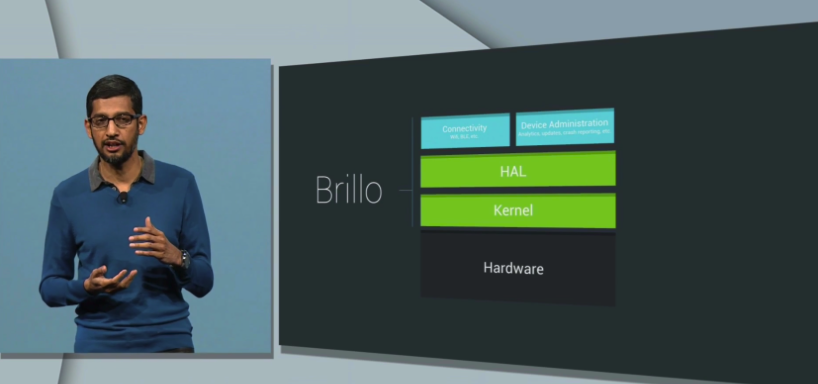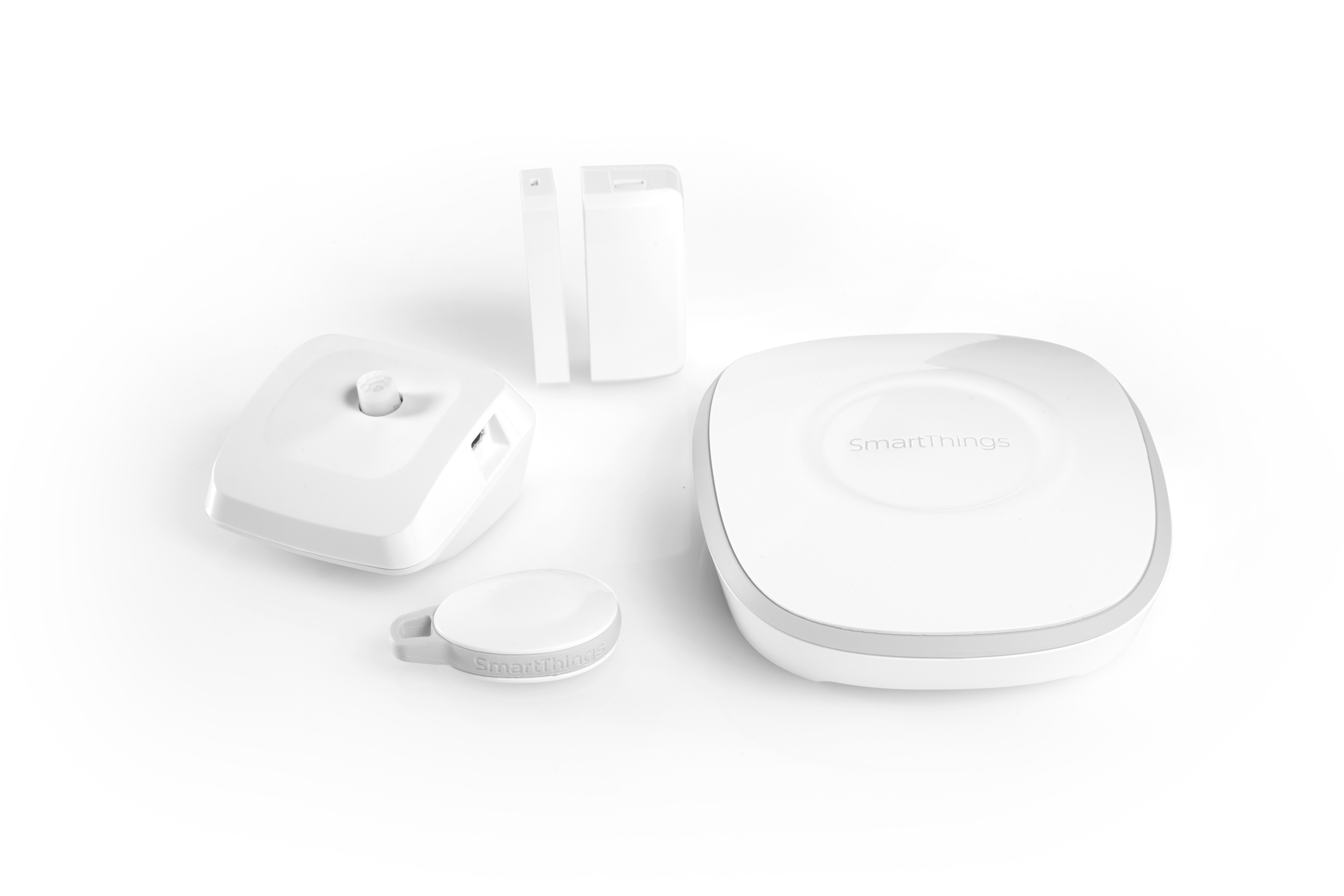
Google and Apple both have a solution for your connected home. Whether you’re interested in Project Brillo or HomeKit, the promise of a truly connected home is exciting, because let’s be honest — the connected home sucks right now.
In fact, I bristle at even calling current solutions a connected home. While devices might connect to your phone, they don’t link to one another, and that’s potentially much more important.
As an example, I’ll take my own “connected” home. I have some pretty great individual solutions in Simplicam, Scout Alarm, and August. I’ve also entertained other solutions to control things like a garage door or lawn sprinklers.
But to what end? Adding more to the mix only creates more disparate parts to my “smart” home. If my camera can’t talk to my home security system, why would I think the door lock could trigger itself when my connected outdoor lights go on at night?
It’s worth noting that some connected home security systems are all-encompassing (iSmartAlarm comes to mind), but those bundles don’t come close to bridging all the gaps.
Project Brillo, still in its infancy, has a lot of upside. For manufacturers wanting to build devices specifically for Brillo, Google has specs they can follow. Brillo is also based on “the lower levels of Android,” which opens it up in a big way for hardware manufacturers who may want to create simple solutions.
The more intriguing (and useful) part of Brillo is Weave, which is how devices communicate with one another. Devices — depending on their specs — can communicate using your home network, or via the cloud. Weave also sidesteps proprietary hardware and software, so you can choose the devices and solutions you want.
HomeKit is similarly positioned; Apple’s Made for iOS (MFi) program takes care of the hardware specifications. There’s even a clever certification program which allows for manufacturers to use an MFi logo on their packaging.
HomeKit also allows for communication between devices, even using Siri. Here’s a snippet from Apple’s developer guidelines for HomeKit:
HomeKit apps enable users to discover compatible accessories and configure them. Users can also create actions to control accessories (such as a thermostat or light), group them together, and trigger them by using Siri. HomeKit objects are stored in a database residing on the user’s iOS device, which is synchronized over iCloud to other iOS devices. HomeKit supports remote access to accessories, multiple user devices, and multiple users. HomeKit also handles security and privacy for you.
Like Brillo, HomeKit will let you control devices via your phone, even remotely. Siri can also trigger or control your HomeKit devices, which could come in really handy when you’ve got your hands full but need to turn the lights on.
There are other solutions, too. SmartThings is probably the largest platform available, and Wink is still available (though you should definitely not try to jump on that bandwagon). Those don’t see a lot of participation, and it’s likely because Google and Apple are looming.
Even if HomeKit or Project Brillo aren’t platforms you’d be interested in, it’s bound to jumpstart the next step for your connected home: platforms. SmartThings, Project Brillo and HomeKit will lead the charge, but we can expect others to announce platforms and frameworks of their own, possibly even adjunct to those big three.
What remains to be seen is whether or not existing solutions — the ones you may have in your home — will get on board. Better yet, which framework will existing hardware platforms latch onto? If my Simplicam is all-in on Project Brillo but Scout Alarm cannonballs into HomeKit, I’m still on square one.
The real downside is that these frameworks from Google and Apple aren’t available on a broad scale. Approved HomeKit hardware is only now coming to market, and Project Brillo was just announced at Google I/O 2015.
In the meantime, my security camera and alarm system send me separate messages about the cat triggering motion detection, and my door lock still doesn’t link to anything besides a $40 add-on device to make it work beyond Bluetooth — a device that I’m happy to have, but one that doesn’t link to any platform.
My home is full of disparate pieces of tech that all do amazing things; they just don’t know they’re on the same team. I need a coach to bring my team together. I need Brillo or HomeKit, and I need it quickly.
Read next: The longer Apple’s HomeKit takes to arrive, the longer the ‘connected home’ suffers
Get the TNW newsletter
Get the most important tech news in your inbox each week.







